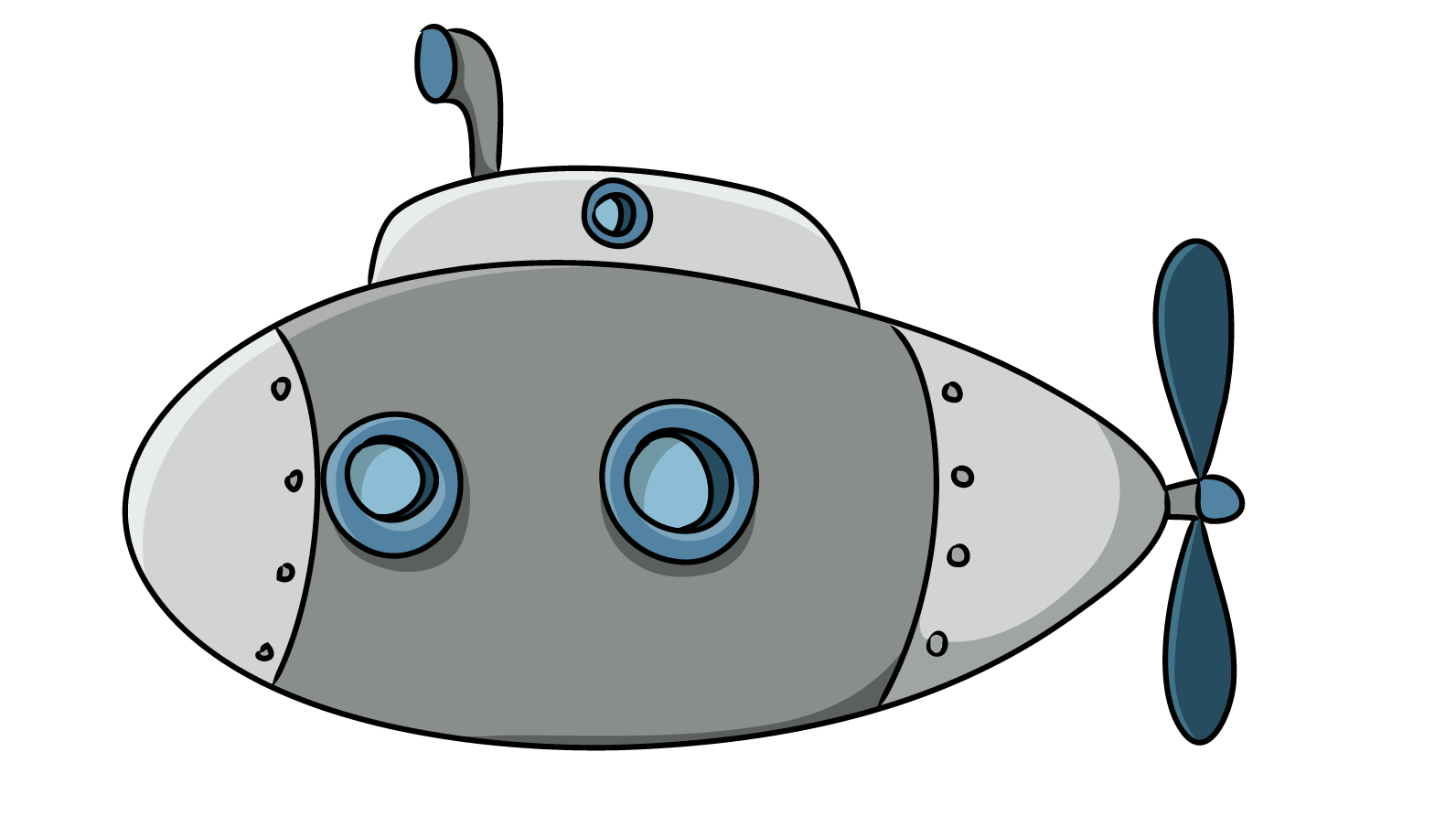

Having discovered that Mysterons are impervious to x-ray and have a weakness for electricity, Spectrum delegates and the world president come together in secret for a demo of two new weapons – the mysteron detector and the mysteron gun. Mysteron Threat: “You will never discover the mystery of The Mysterons.” (not really a threat, as much as a statement)

There were 32 episodes of Captain Scarlet and the Mysterons. Each week the unseen, but very much heard Mysterons would issue a threat upon the Earth and Spectrum would have to stop it. Spectrum’s chief agent in this fight against a foe who could recreate an exact likeness of any object or person was the eponymous hero – a Cary Grant lookalike who had gained the power of indestructibility, which would come in handy time and again. Whilst I can’t pretend to have been around in 1967 when Captain Scarlet was originally broadcast (I may be old but I’m not that old!), I saw enough episodes of Thunderbirds repeats growing up in the 80s that when the BBC began to show Captain Scarlet & the Mysterons in 1993, I could recognise that this was a show just that bit different.Ĭaptain Scarlet and The Mysterons told the story of a war of nerves between Earth’s Spectrum organisation and a Martian race, the Mysterons, after a bit of a misunderstanding on Mars resulted in a Mysteron complex being totalled.
SUBMARINE CARTOON POV CONTROLS SERIES
It ran for two series in 1965 and 66, and upon its cancellation made way for Gerry Anderson to create a new Supermarionation series: Captain Scarlet and the Mysterons. The most successful of these shows was undoubtedly Thunderbirds, the adventures of a family of do-gooding rescuers who piloted a variety of impressive vehicles. The term was coined to describe the technique of creating programmes using marionette puppets controlled by wires and internal motors. Gerry Anderson’s world of Supermarionation probably needs little introduction to the readers of Den of Geek.


 0 kommentar(er)
0 kommentar(er)
